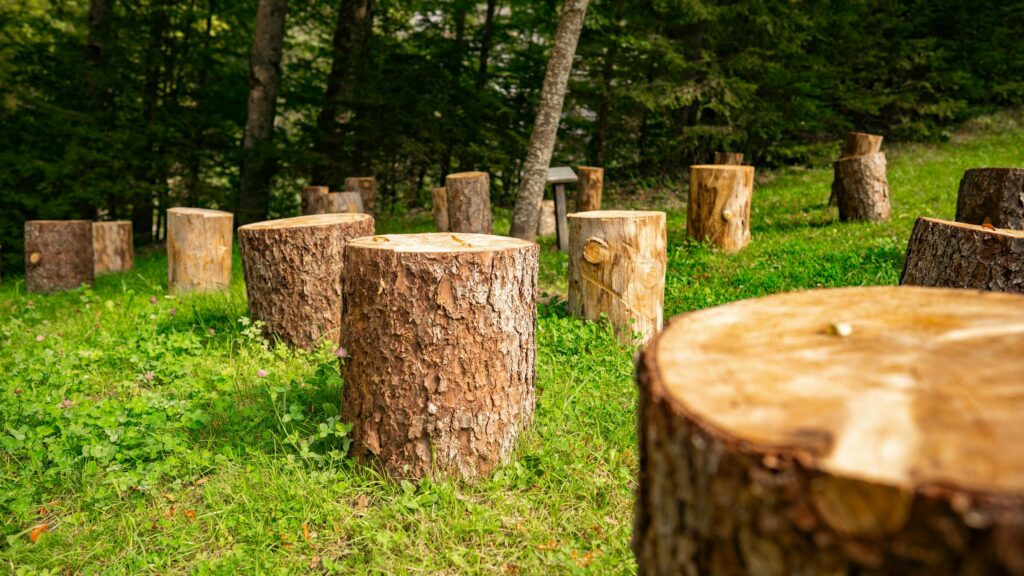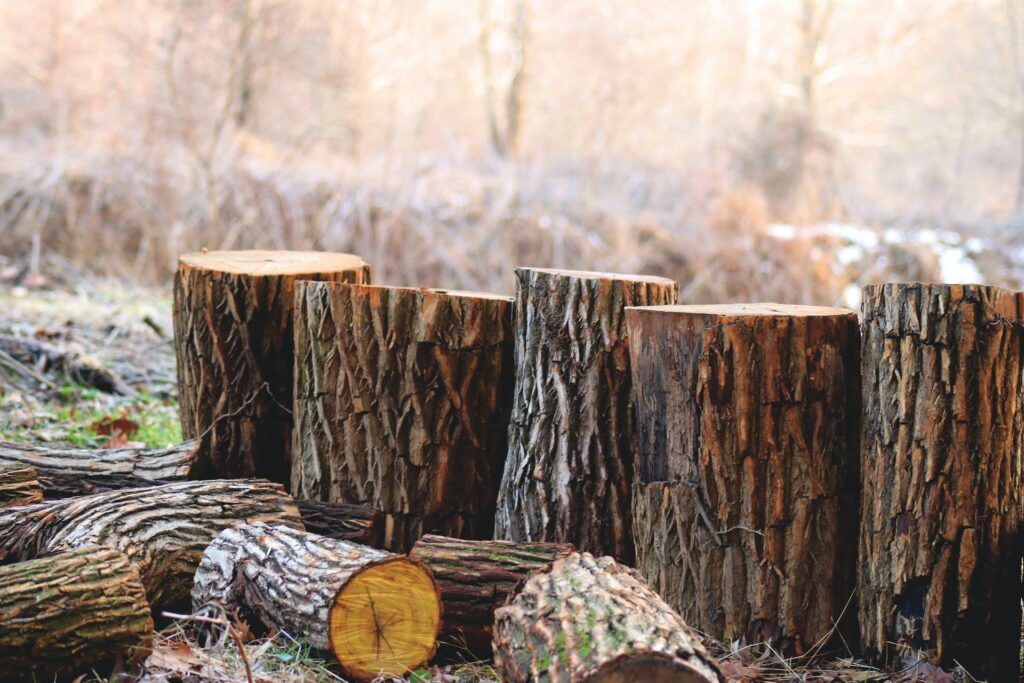Urbanization has become a dominant global trend, with cities expanding rapidly to accommodate growing populations and economic activities. However, amidst this growth, the preservation and management of urban green spaces, including trees, are critical for sustainable development. Tree removalists play a vital role in urban planning and development by ensuring the proper management of trees within urban environments. In this article, we delve into the significance of tree removalists in shaping urban landscapes and fostering sustainable development.

Urban Green Infrastructure
Urban green infrastructure, including trees, parks, and green spaces, contributes significantly to the quality of life in cities. Trees provide numerous benefits such as improving air quality, mitigating urban heat island effects, reducing noise pollution, and enhancing biodiversity. In the context of urban planning and development, tree removalists are tasked with managing and maintaining this green infrastructure to ensure its long-term sustainability.
Tree Assessment and Management
One of the primary roles of tree removalists in urban planning is to assess the health and condition of trees within the urban landscape. Through regular inspections and evaluations, removalists identify trees that may pose safety hazards or are diseased, damaged, or structurally compromised. Based on their assessment, removalists determine whether tree removal, pruning, or other management interventions are necessary.
Urban Development Projects
In rapidly growing cities, urban development projects such as infrastructure expansion, construction of buildings, roads, and utilities often require the removal of trees. Tree removalists collaborate closely with urban planners, developers, and local authorities to assess the impact of development projects on existing trees and green spaces. They provide expertise in mitigating the loss of trees through measures such as tree preservation plans, transplanting, and compensatory planting.
Tree Preservation and Transplanting
Preserving mature trees is essential for maintaining urban biodiversity and ecosystem services. Tree removalists employ techniques such as root pruning, canopy management, and structural support to prolong the life of valuable trees in urban areas. In cases where tree removal is unavoidable due to development activities, removalists may recommend transplanting mature trees to new locations to preserve their ecological value.
Risk Management and Public Safety
Trees in urban environments can pose risks to public safety and property if they become unstable or diseased. Tree removalists play a crucial role in mitigating these risks by identifying hazardous trees and implementing appropriate measures to reduce the likelihood of accidents such as falling branches or tree failures. Timely removal of hazardous trees helps safeguard public safety and minimizes liability for local authorities and property owners.
Community Engagement and Education
Effective urban planning and development require the active involvement of local communities and stakeholders. Tree removalists engage with residents, community groups, and environmental organizations to raise awareness about the importance of urban trees and green spaces. Through educational initiatives and outreach programs, removalists promote responsible tree stewardship practices and foster a sense of environmental stewardship among urban residents.
Climate Change Adaptation
Climate change poses significant challenges to urban environments, including increased temperatures, extreme weather events, and changing precipitation patterns. Trees play a crucial role in climate change adaptation by providing natural cooling, reducing urban heat islands, and sequestering carbon dioxide. Tree removalists contribute to climate resilience efforts by advocating for the integration of trees and green infrastructure into urban planning strategies and implementing measures to enhance tree resilience to climate stressors.
In conclusion, tree removalists play a multifaceted role in urban planning and development, contributing to the sustainability, resilience, and livability of cities. By managing urban trees effectively, removalists help preserve valuable green infrastructure, mitigate environmental impacts, and enhance public safety and well-being. As cities continue to grow and evolve, the expertise and services provided by tree removalists will be essential in shaping resilient and sustainable urban landscapes for future generations.
